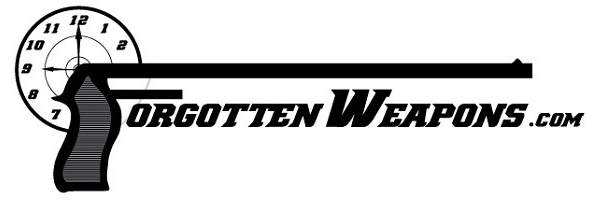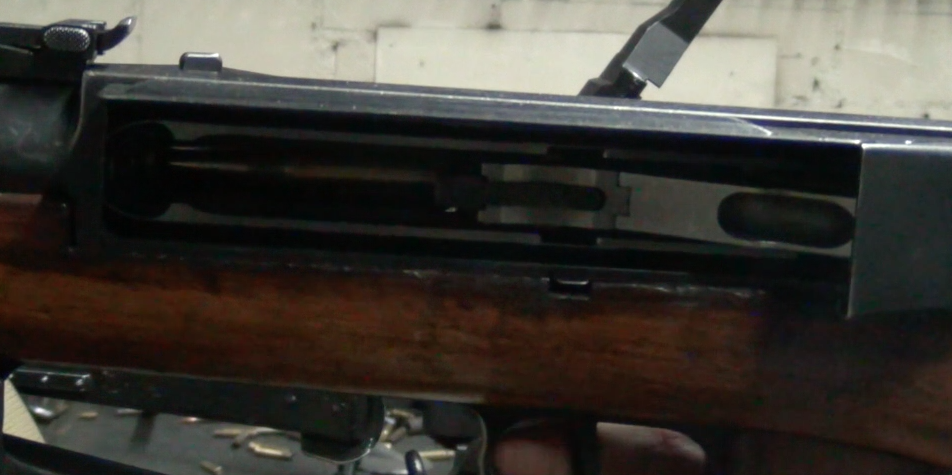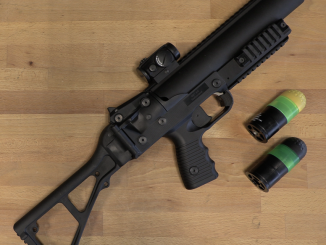After leaving the Zeller company, Hans Stamm went looking for work at major gun manufacturers like WF Bern and SIG. He ended up hired in 1907 by a company caller Saurer. This was an automotive firm looking to open a weapons division, with hopes of winning the upcoming trials for a new Swiss military rifle. To that end, Stamm and his team of 8 develop a quite nice straight-pull rifle.
The rifle goes through a series of military trials ending in 1913 – even after formal adoption of the K11/G11 system. There don’t appear to have been any technical problems with the Stamm-Saurer, but it was beaten by a more familiar rifle from WF Bern. It doesn’t appear to have helped things that the owner of Saurer was not really interested in making any changes to the rifle, nor willing to license production to a military arsenal.
When Saurer finally gives up on Swiss adoption they do try to make some international sales, but without avail. The outbreak of World War One really hinders marketing efforts for a new (and expensive) rifle system, as countries moved to expand production of proven existing rifles instead of pursuing new designs.
Many thanks to the Swiss Shooting Museum in Bern for giving me access to these two very rare rifles to film for you! The museum is free to the public, and definitely worth visiting if you are in Bern – although it is closed for renovation until autumn 2025:
https://www.schuetzenmuseum.ch/en/
Stamm-Zeller 1902 video:




Really enjoy shooting Swiss straight pulls. Both the K11 and 31. Smooth action, accurate to a fault and fun to shoot.
Makes me wonder why more countries didn’t get into straight pulls. Guessing it might cost and complexity.
From what it looks like in the video, that’s a very complex, very precise action. How well did it deal with dirt and other filth?
With the Schmidt-Rubin designs, which were initially meant for black powder, the basics of the design were biased towards handling fouling and filth; how well did this offering do on the same tests, I wonder?
You can see some fairly obvious things that got carried forward into the K-31, when that was adopted later on. I’d like to see both rifles set down beside each other, just for comparison…
The K-11 was a black powder design adapted to smokeless; this rifle and the K-31 were purpose-built, it would seem, with smokeless powder in mind.
Another example of inter-service rivalry and politics. It was the Cavalry who had suggested testing the shorter version of the Stamm in 1911. The head of the technical section was unimpressed because he wanted all arms to adopt the K11 as a ‘universal’ short rifle. The only advantage he could see with the Stamm was the front locking lugs and, interestingly, he said that this was only ‘theoretically’ more advantageous than the existing K11 system. By 1913 the Waffenchef of the Infantry made another more subtle point. The advantages of the Stamm were marginal. They had already started production and rearmament with the K11. To change horses in mid stream would slow down this process, which was already behind schedule. Most importantly, public opinion had to be considered. If the army started a new series of trials it might give the public the impression that they were not happy with the K11 that had just been adopted. Everyone remembered the expensive debacle that was the M.89 and no-one wanted to even suggest that such a thing was to happen again.
Thanks for the detailed Swiss inside facts, PouDuCiel. Much appreciated!